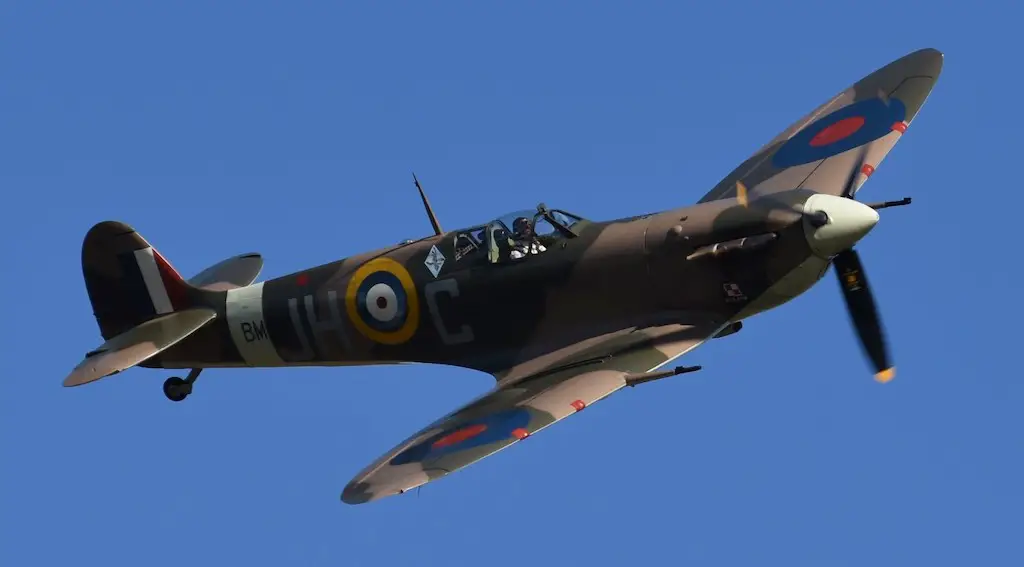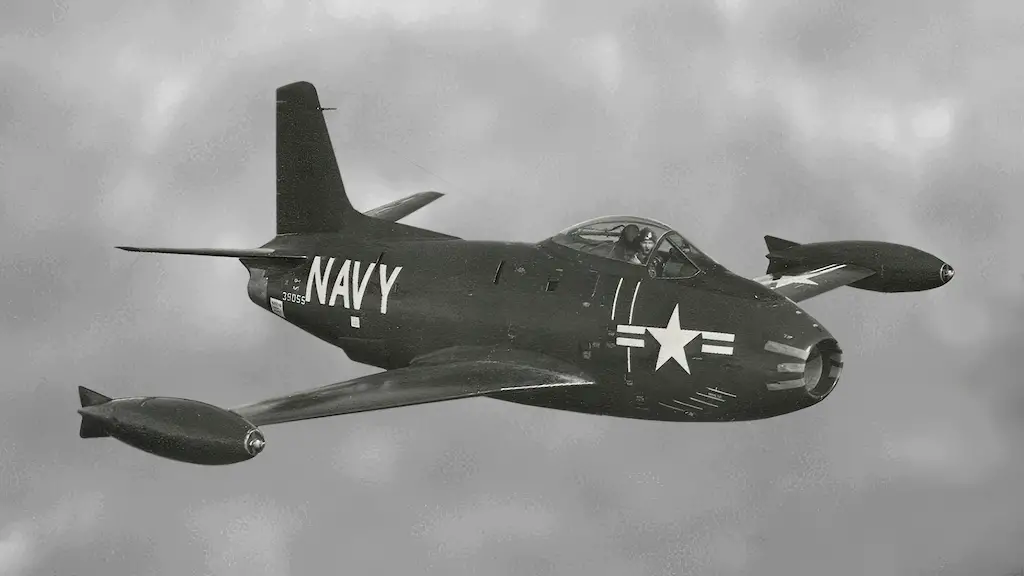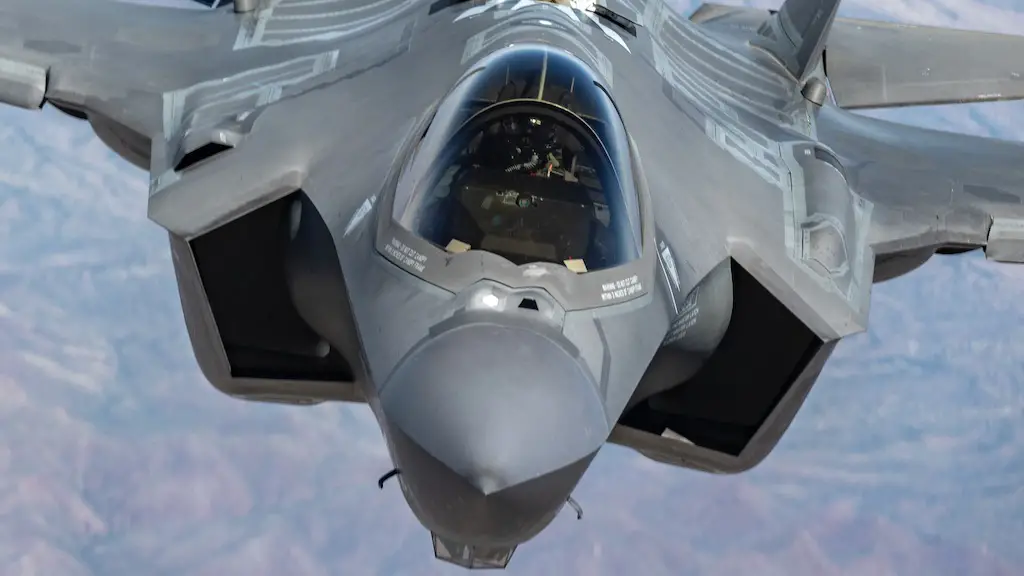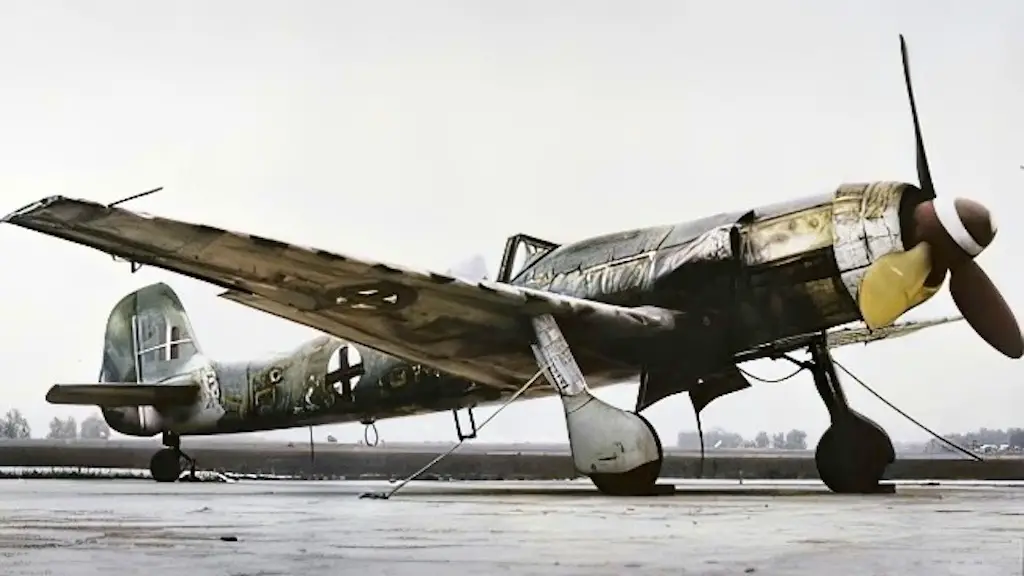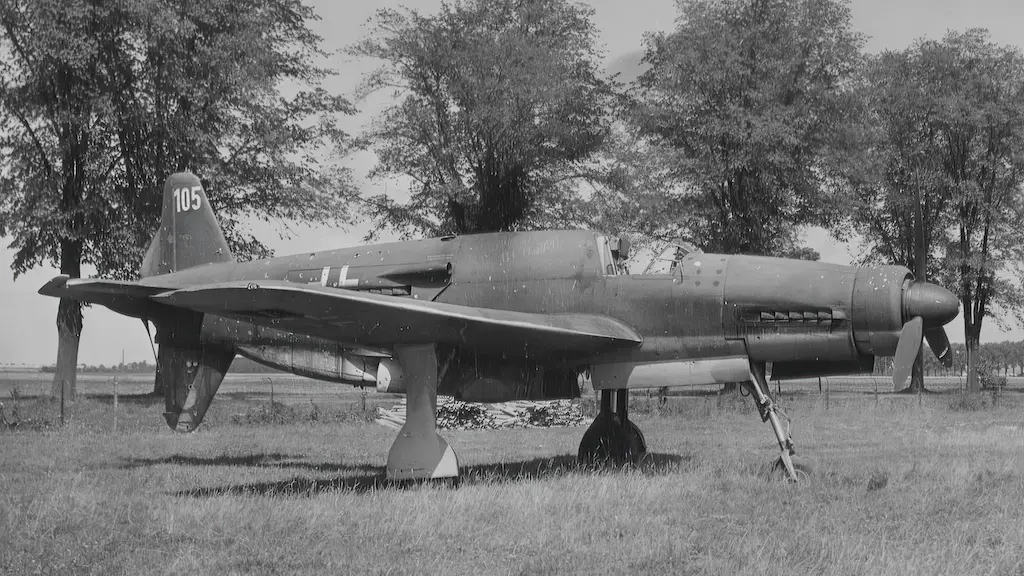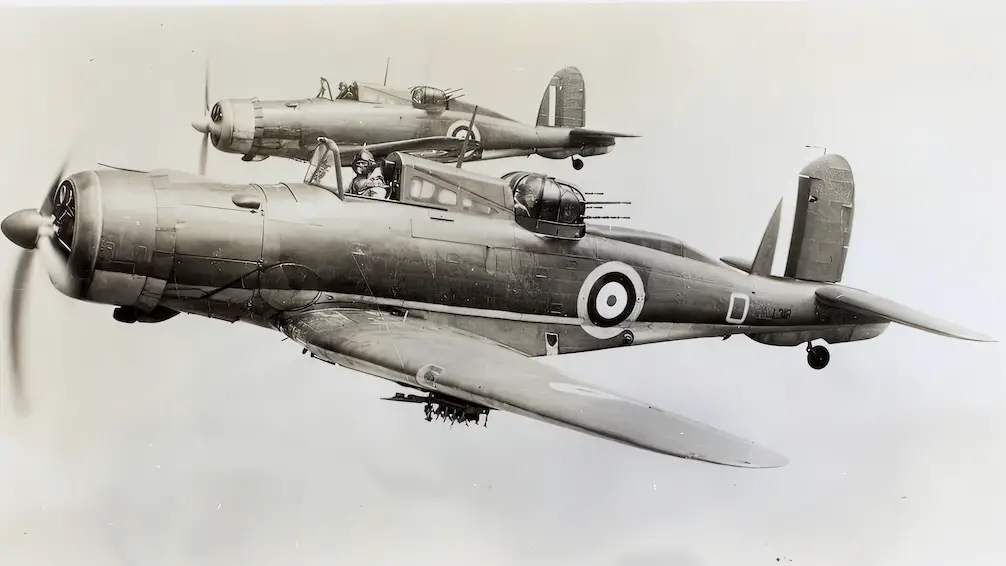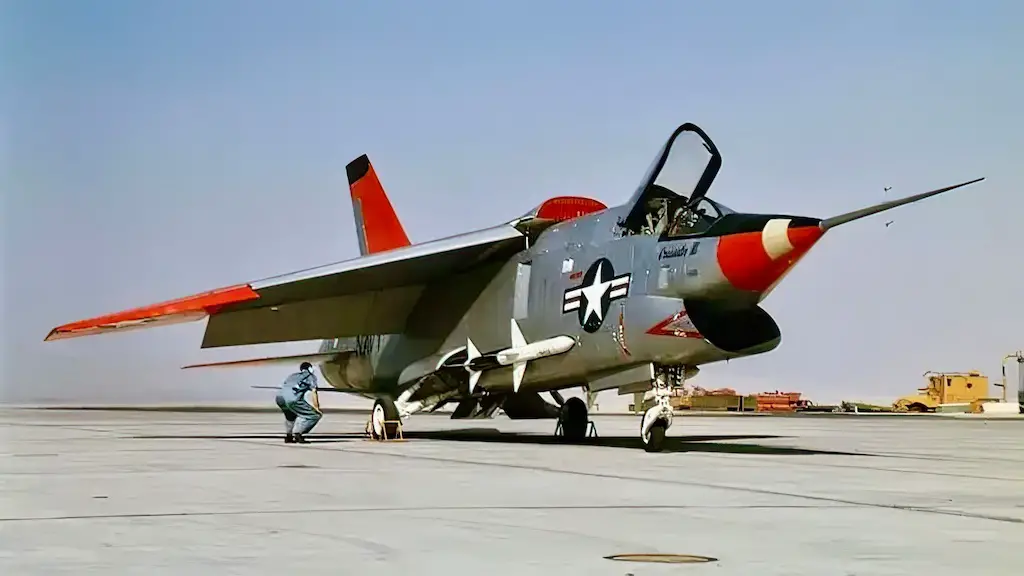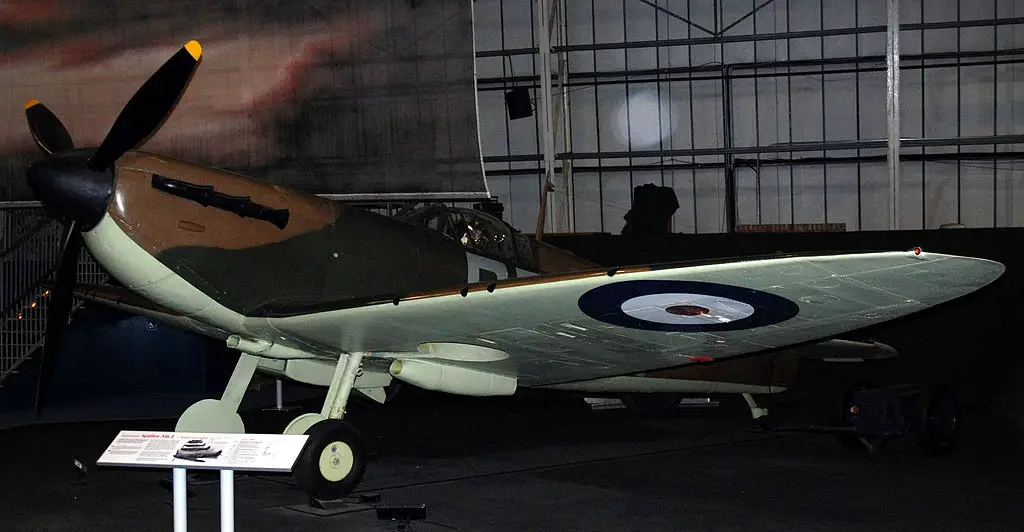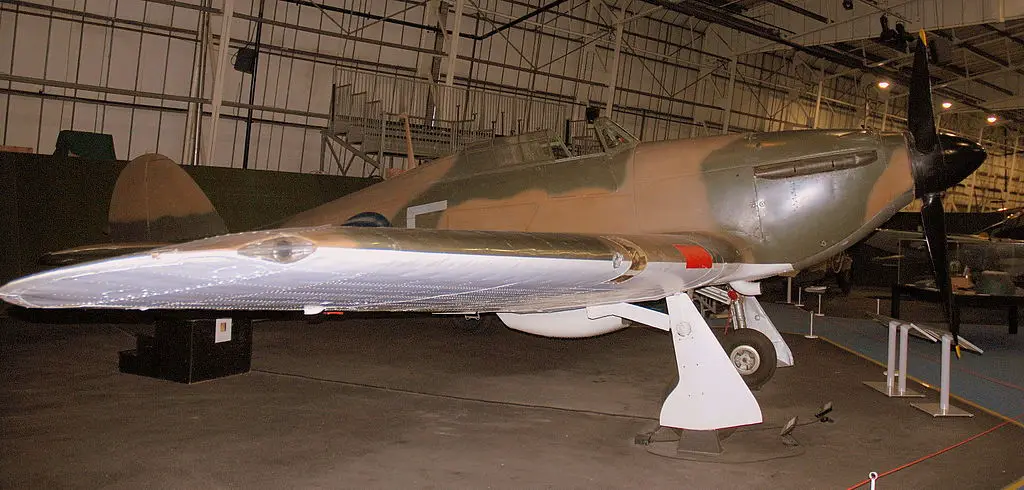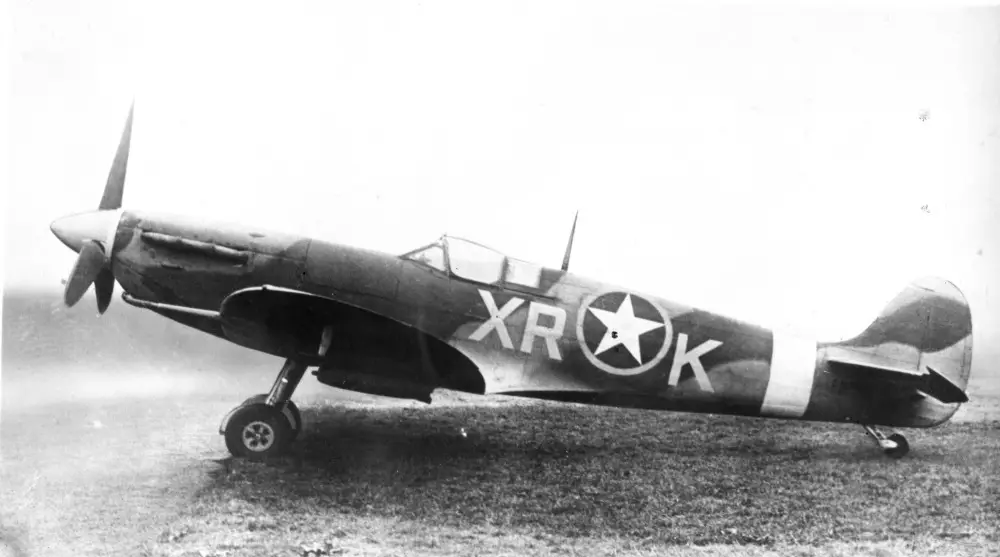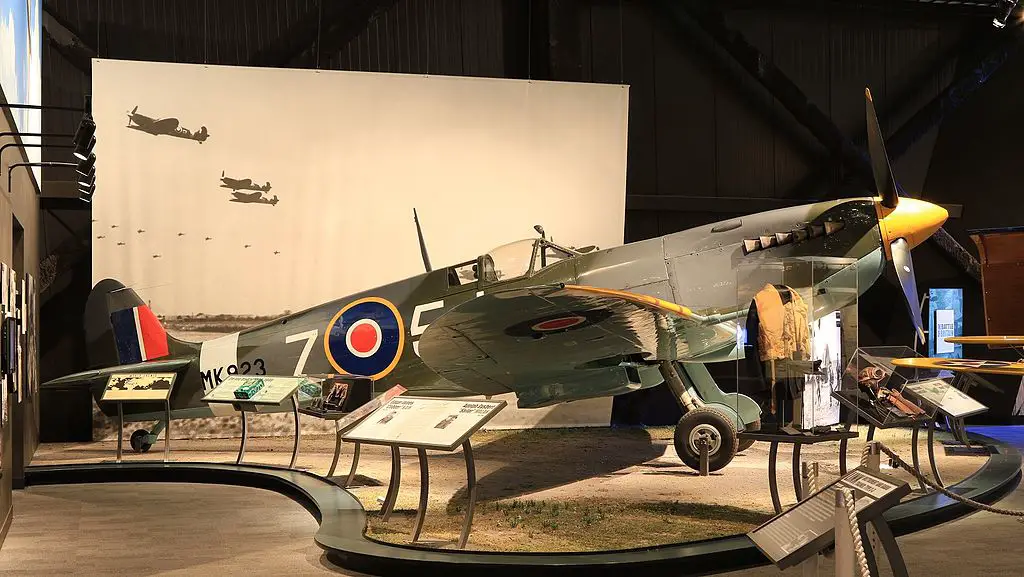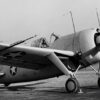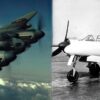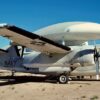The legendary Spitfire served as a sort of symbol of the British fighting spirit in World War II. While the main German fighter, the Bf 109, had better overall maneuverability and a superior climb rate, the Spitfire had a tighter turning circle, a faster turn rate, and performed better in higher altitudes. In the end, we all know which aircraft won the Battle of Britain…
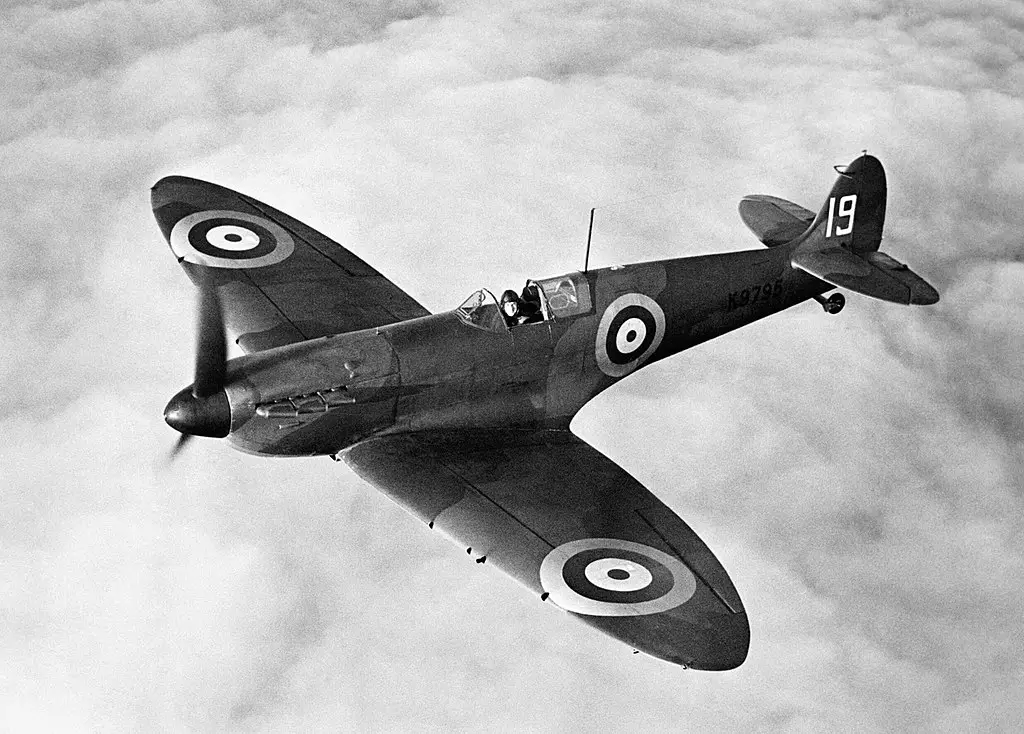
It was the British public that funded the Supermarine Spitfire
Britain and the other Allies were determined to prevent war at any cost, as the economy was still struggling to recover from the Great Depression. Since the scars from the Great War were still healing, they simply could not afford to wage another war. But the Battle of Britain began in 1940. When the conflict reached British land, the country urgently required more fighters to repel the Germans.
A Spitfire fund was established by the British government. One Spitfire had a price tag of £5,000 on it. This meant that if you gave £5,000 to the RAF, you were essentially giving them a Spitfire. The 5,000 had a good ring to it even if the actual cost of the aircraft was substantially greater, at nearly £13,000. The cost looks small in comparison to contemporary fighter jets!
To further engage the public, the RAF even released the cost of every fighter component. And the public raised a total of roughly £13 million as a result of their efforts. That sum is approximately 650 million pounds when adjusted for inflation. While this money only partially founded the production of spitfires, it’s still very impressive, all things considered.
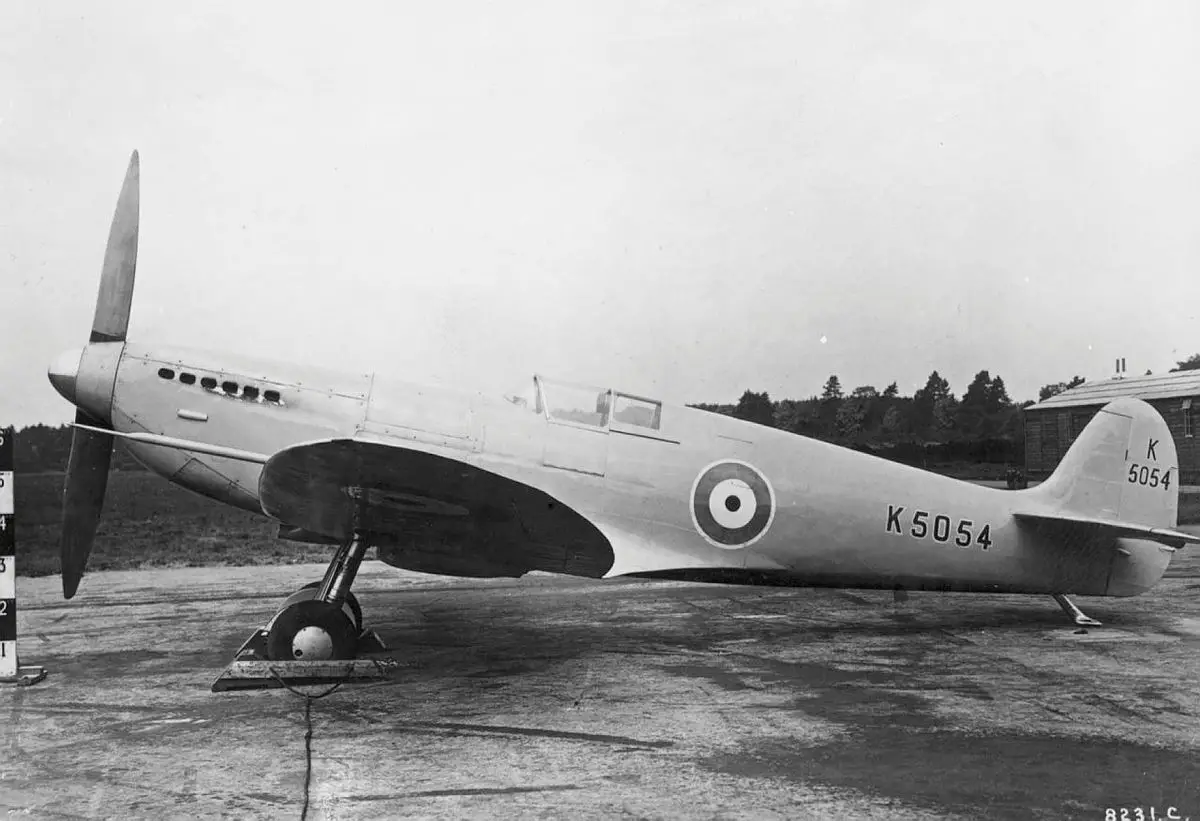
Britain produced over 20 thousand Spitfires
With 20,334 Spitfires built according to the RAF, the British also built 14,533 Hurricane fighter aircraft, making it their second-most-produced fighter model. There were more Spitfires in the skies, which may have contributed to their popularity with British citizens.
Twelve years after it first took to the skies, in 1947, the British government decided to stop making the Spitfire. According to a number of sources, more than 200 Spitfires are still intact (keyword intact, not necessarily airworthy). Whether they are airworthy or not, the majority of Spitfires are stored throughout the United Kingdom.
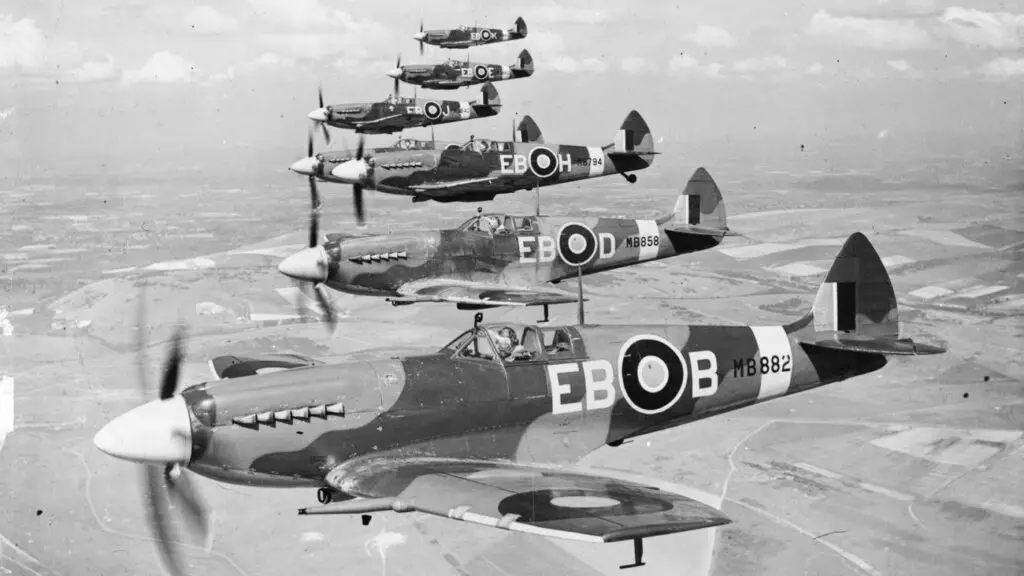
Unique Wings
One thing that makes the Spitfire stand out from other contemporary aircraft is its elliptical wings. Although the platform that Supermarine was using to construct the Spitfire’s wings had some drawbacks, particularly during the production process, it ultimately offered remarkable performance in the air. The Spitfire declared itself the King of the Skies when flying at great heights. The fighter’s wing also gave it excellent mobility. The fighter’s pilots praised it for being a very graceful and agile aircraft that could easily handle its competitors.
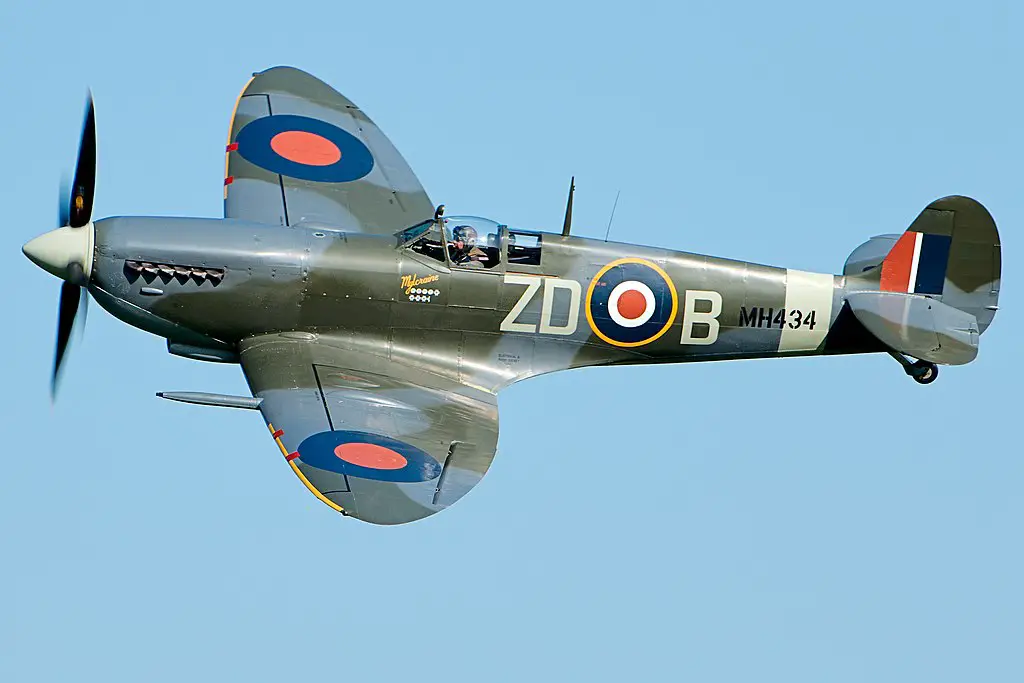
The Engines Would Cut out
The fighter’s early iterations had a flaw when it executed a steep dive down. The aircraft would dip as the pilot directed it to descend, forcing fuel from the carburetor. The engine stalled as a result, losing all power. Additionally, if a pilot dived for an extended period of time, the engine and fuel pump would fill with fuel. The engine would not start again as a result.
As a result, an adversary who was being pursued by a Spitfire pilot could easily dive and get away from the British fighter. German aircraft used a fuel injection system, allowing for as deep of a dive as the pilots could physically handle.This was a significant issue for the RAF and its pilots because the Spitfire and Hurricane were essential for securing the airspace over the British islands.
The solution was discovered in 1941 by an engineer by the name of Beatrice Shilling. The engine cutting out was not fixed, but it was kept from overflowing with fuel. A pressure carburetor solved the problem entirely a year later.
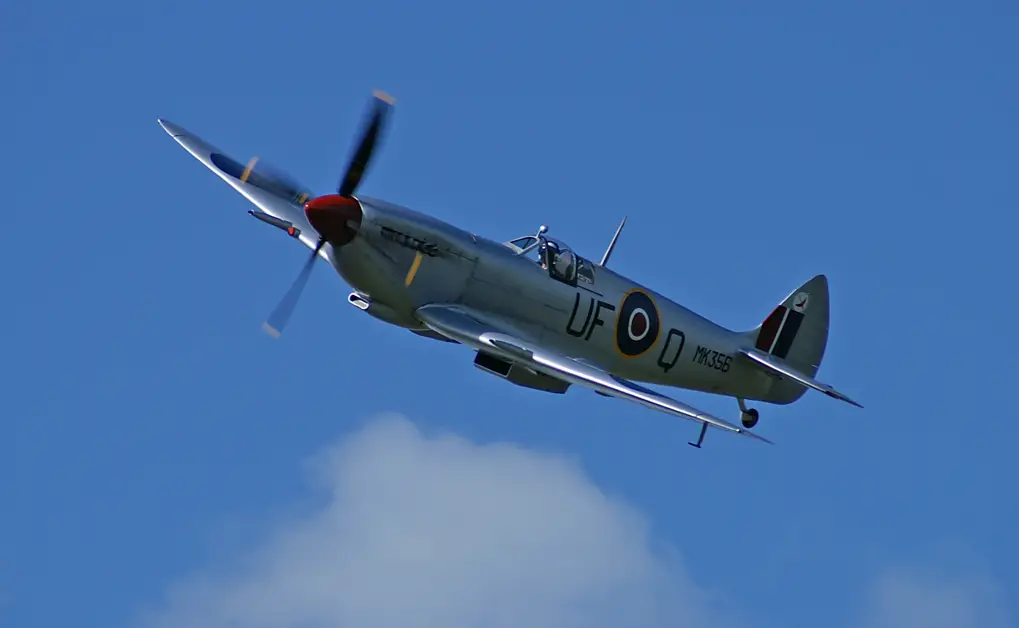
Its main rival was the Bf 109
The Spitfire vs. Bf 109 is perhaps one of the most iconic rivalries in aviation history. While the American, Soviet and Japanese fighters were impressive in their own right, there’s just something special about the British Spitfires fighting off the invading German fighters.
The Spitfire Mk VB had a top speed of 370 miles per hour, a climb rate of 2,600 feet per minute, had a combat radius of 470 miles. The Bf 109G had a top speed of 398 miles and could climb 3,345 feet per minute; with an added drop tank, its range was 621 miles. The Luftwaffe thought their Bfs would easily defeat the Spitfires. With the exception of the significant fault described above, the fighters were roughly equal. They would frequently fight each other in dogfights.
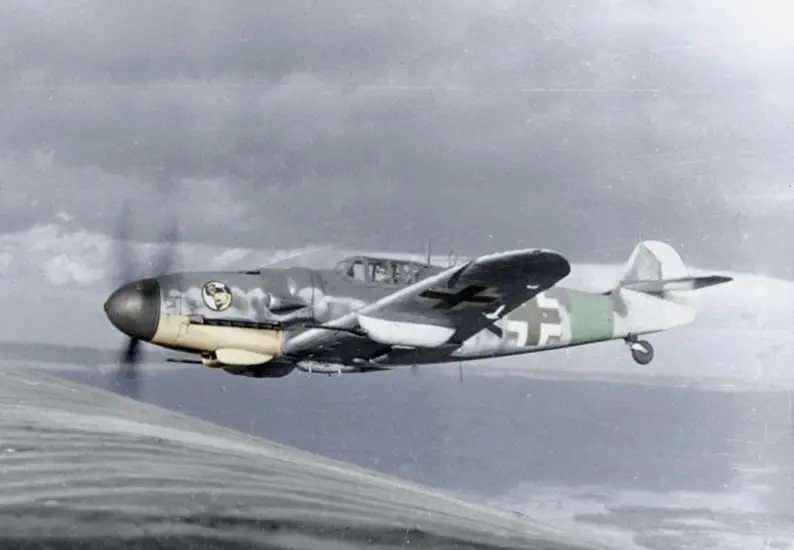
The Royal Air Force and Luftwaffe, however, operated in separate ways. The Luftwaffe did not provide any rest rotations for its fighter pilots, in contrast to its British counterpart. Additionally, the RAF gave its new members very rigorous training. The Luftwaffe simply was unable to keep up and replace its fighter units in time as a result of the significant losses it sustained during the Battle of Britain. As a result, the Bf 109’s cockpits were manned by pilots of lower caliber.
The German pilots hated it
German pilot Major Werner Mölders had the opportunity to fly the captured Supermarine Spitfire and Hawker Hurricane. He was a highly decorated flying ace and the first pilot ever to achieve 100 kills. He liked the handling of British aircraft. However, he didn’t think the aircraft was an overall good fighter.
In a report regarding the testing, Mölders has stated: “It was very interesting to carry out the flight trials at Rechlin with the Spitfire and the Hurricane. Both types are very simple to fly compared to our aircraft, and childishly easy to take-off and land. The Hurricane is good-natured and turns well, but its performance is decidedly inferior to that of the Me 109. It has strong stick forces and is “lazy” on the ailerons.
The Spitfire is one class better. It handles well, is light on the controls, faultless in the turn and has a performance approaching that of the Bf 109. As a fighting aircraft, however, it is miserable. A sudden push forward on the stick will cause the Motor to cut; and because the propeller has only two pitch settings (take-off and cruise), in a rapidly changing air combat situation the motor is either overspeeding or else is not being used to the full.”
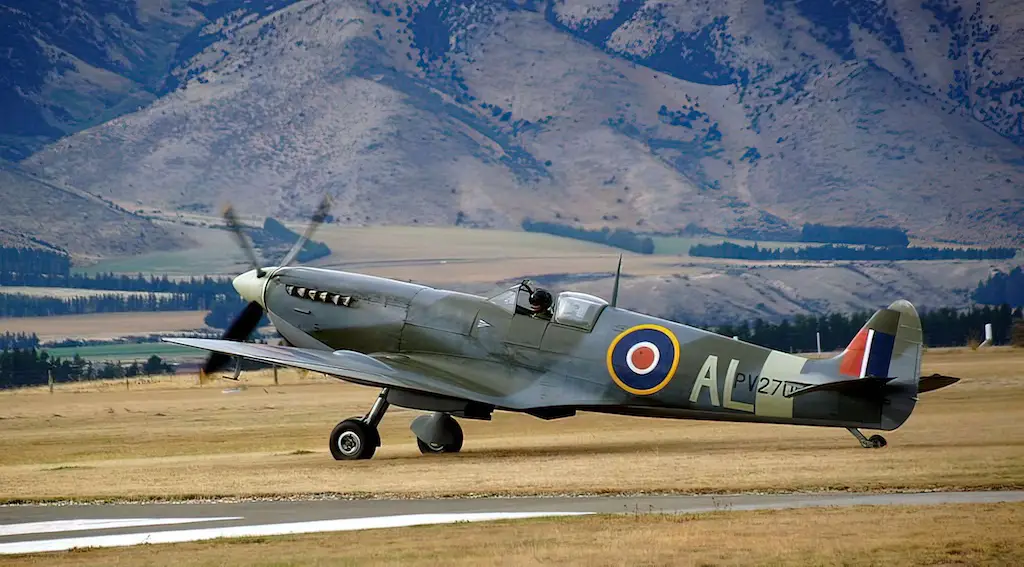
Lots of variants
24 distinct Supermarine Spitfire marks were manufactured over the years by the British manufacturer. The final Griffon 61-powered Spitfire Mk. 24 was delivered by Supermarine.
Along with improvements to the standard Spitfire, Supermarine also created aircraft with cameras. Early versions had them mounted in the wings, but the MK. XI and MK. XIX had them mounted in the fuselage. Additionally, the British firm created the Seafire, a Spitfire variant. In order for the Royal Navy to use the fighter from aircraft carriers, the Seafire was created.
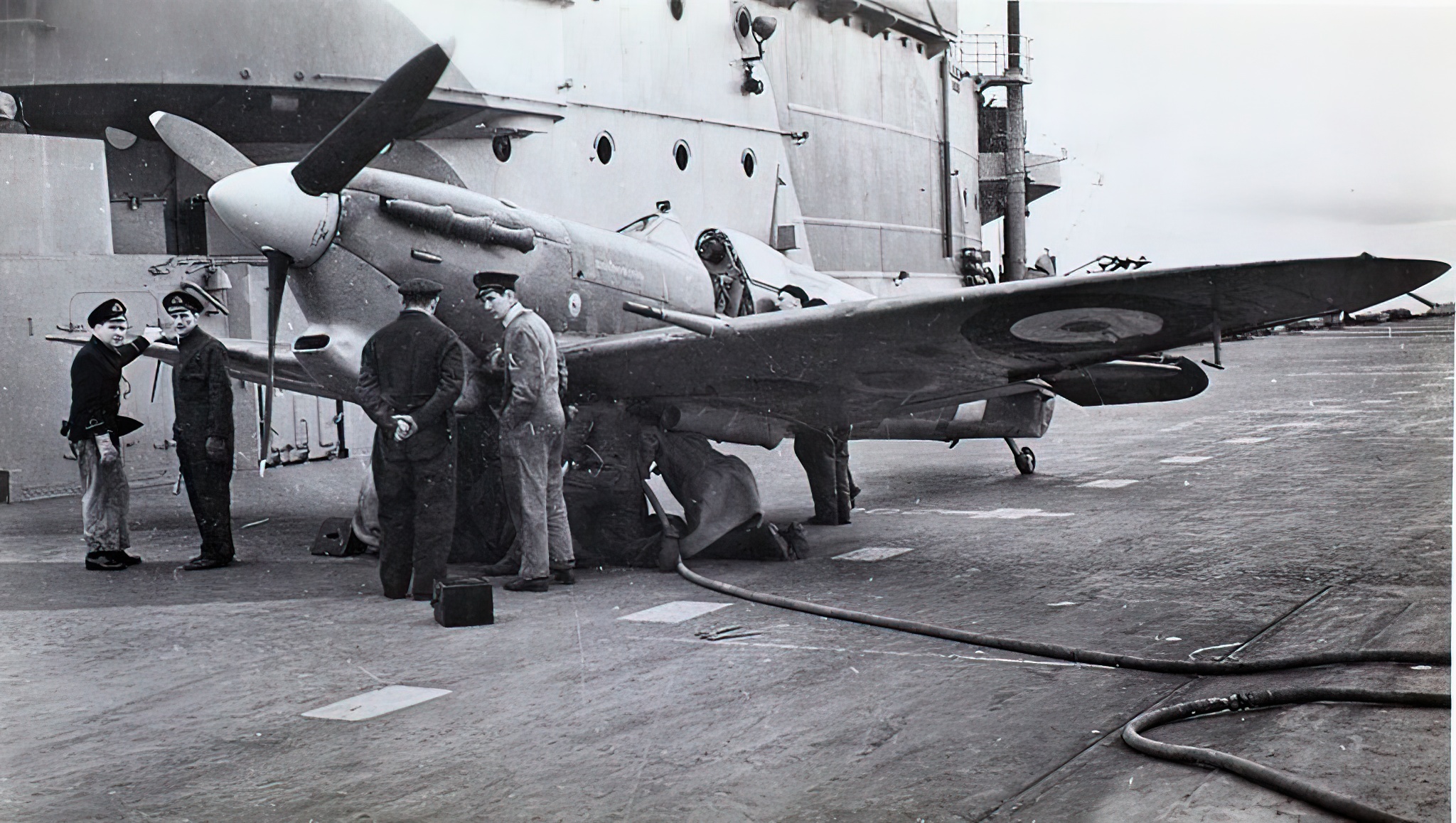
It packed a serious punch
The first few Spitfire models were equipped with eight Browning machine guns that fired.303 bullets. Pilots expressed their worries as the war dragged on, though, that machine guns would not be able to pierce the heavy armor of larger aircraft like bombers. The RAF discovered that the guns were inadequate and an upgrade was in order.
RAF fitted the planes with two 20 mm weapons as a result. Four machine guns were replaced by two cannons, making the Spitfire’s weaponry two cannons and four machine guns. The cannons initially had problems, but they ended up being highly effective and useful.
It was used to deliver beer
Wars are complicated; strategy, diplomacy, engineering, and more are involved. Does this mean that the soldiers shouldn’t be able to enjoy some beer while fighting a war? Not according to the British Royal Air force.
On June 6, 1944, the invasion of Normandy began. Allied troops from Britain, Canada, and America landed on the French coast to start the lengthy Battle of Normandy. As expected, the course of the war created some logistical problems when supplying the troops with much-needed supplies. Supplying the soldiers with alcohol wasn’t a priority; the army was understandably not interested in the troops getting drunk at the time of war.
The soldiers realized that no booze would come their way and had to take matters into their own hands. Some military personnel were able to source wine and beer from the locals and would share it with the other soldiers. While this was enough for some, it definitely wouldn’t be enough for all of them.
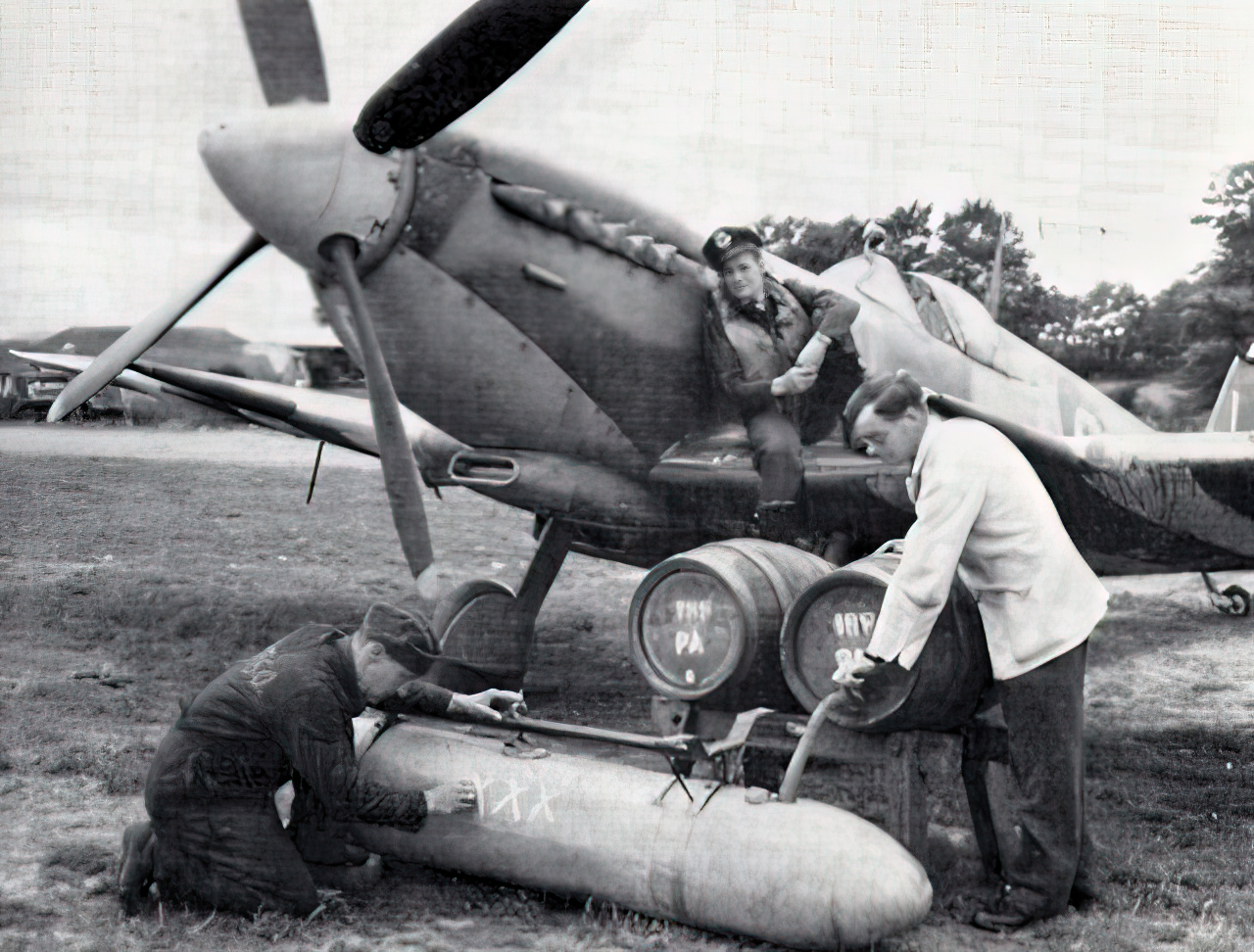
The Royal Air Force decided to address this issue, but first, they needed a steady supply of beer. Fortunately for them, some British breweries were willing to donate their beer to the troops.
With the booze secured, the RAF needed to deliver it to the frontline. To accomplish this, a modification of the Spitfire MK IX was created bearing the name XXX. It’s a bit of a stretch to call it a modification because the pilots would basically slightly modify the pylons, which were used to carry bombs or fuel tanks to hold beer instead.
The process was pretty straightforward; the fuel tanks would first be steam cleaned, and beer donated by the breweries would be poured into them. The kegs in which the beer came in had the marking XXX. Each of the two tanks had a capacity of 45 gallons, allowing a single spitfire to carry 90 gallons of beer at a time.
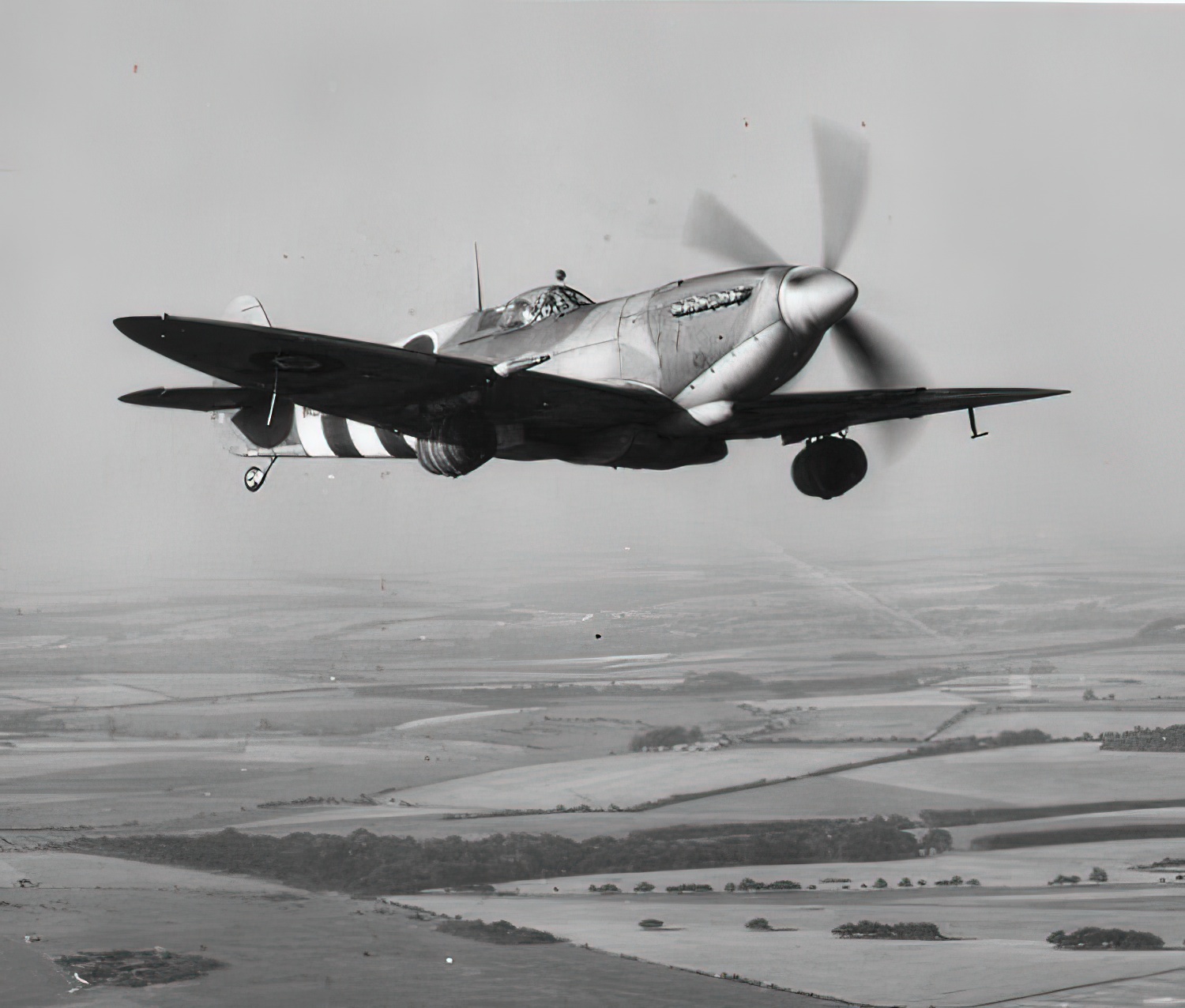
You can still fly one
You can still pilot (or copilot) iconic fighters. There are many flying schools that provide us common people the chance to experience what it’s like to pilot the famous Spitfire.
Typically, prices range from £2.500 to more than £10.000, depending on the package you select. Regardless of the cost, we can already assure you that it is worthwhile!

